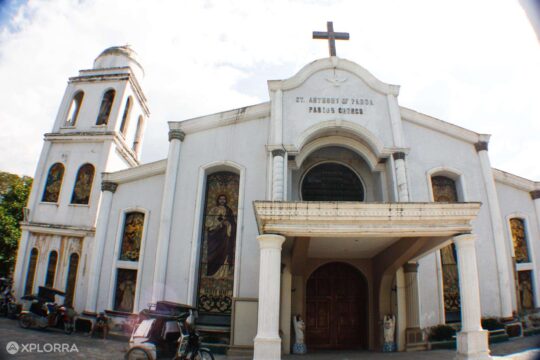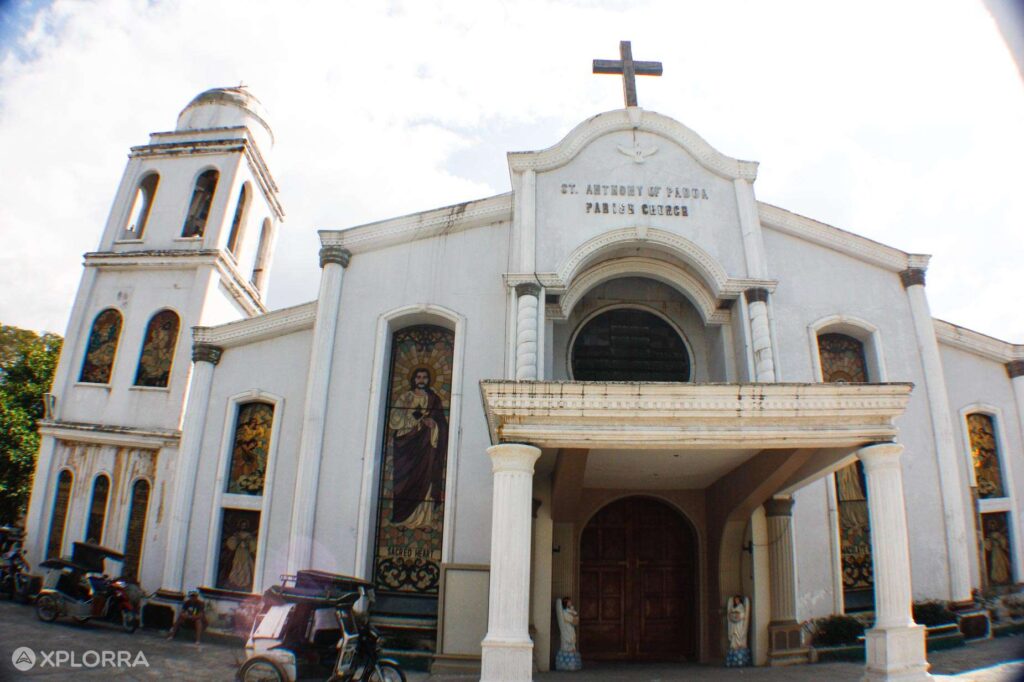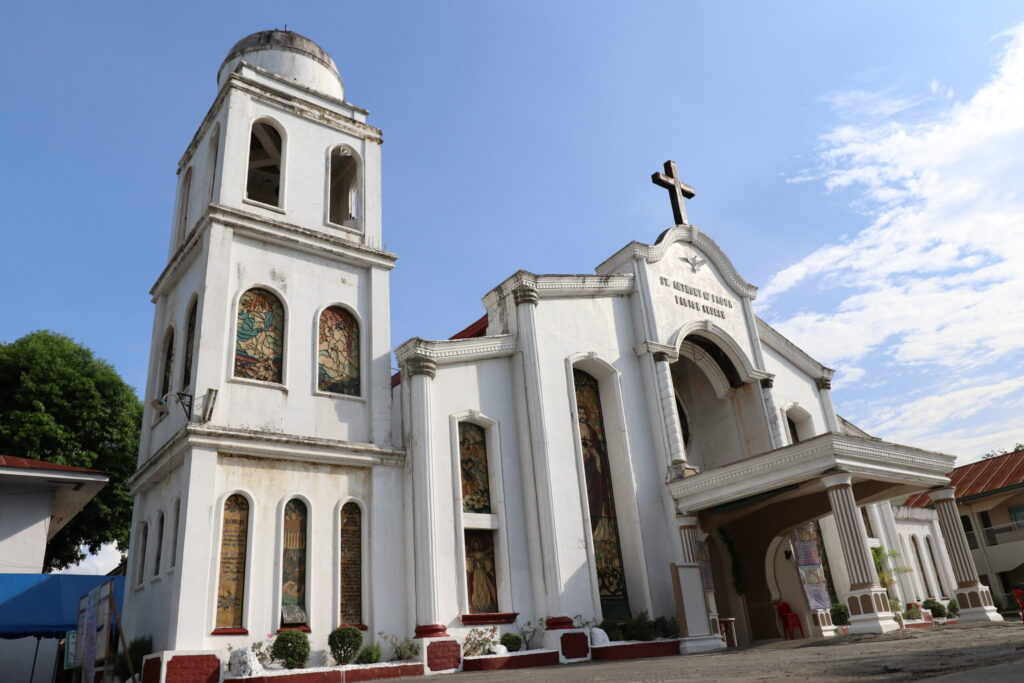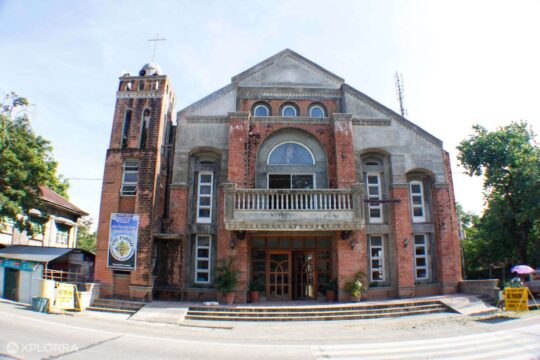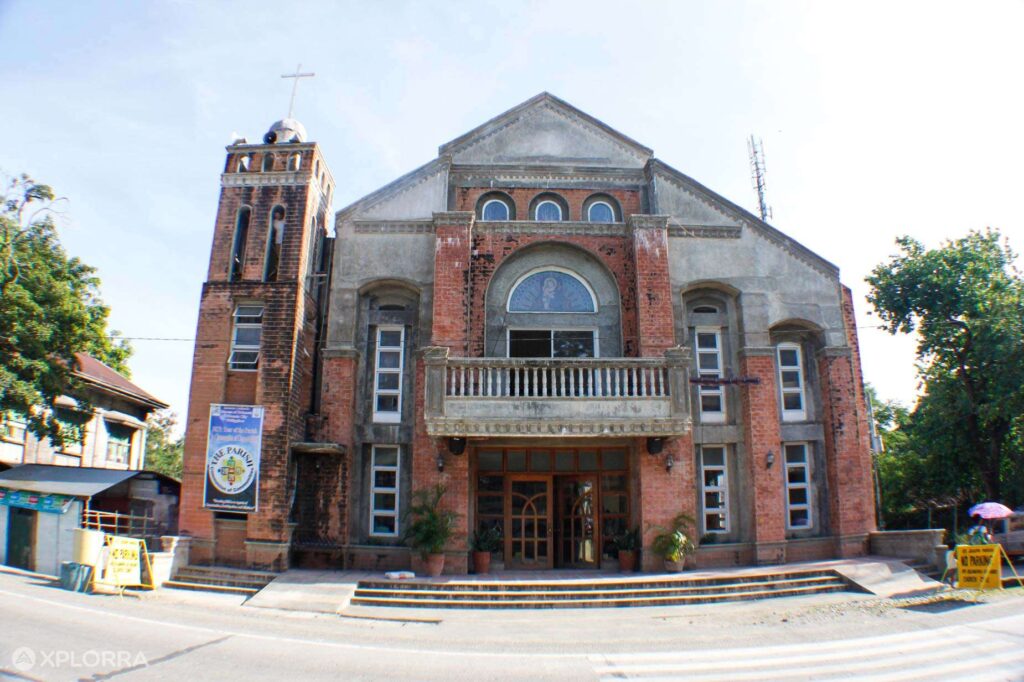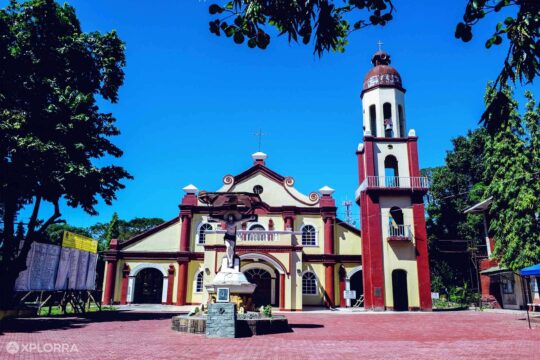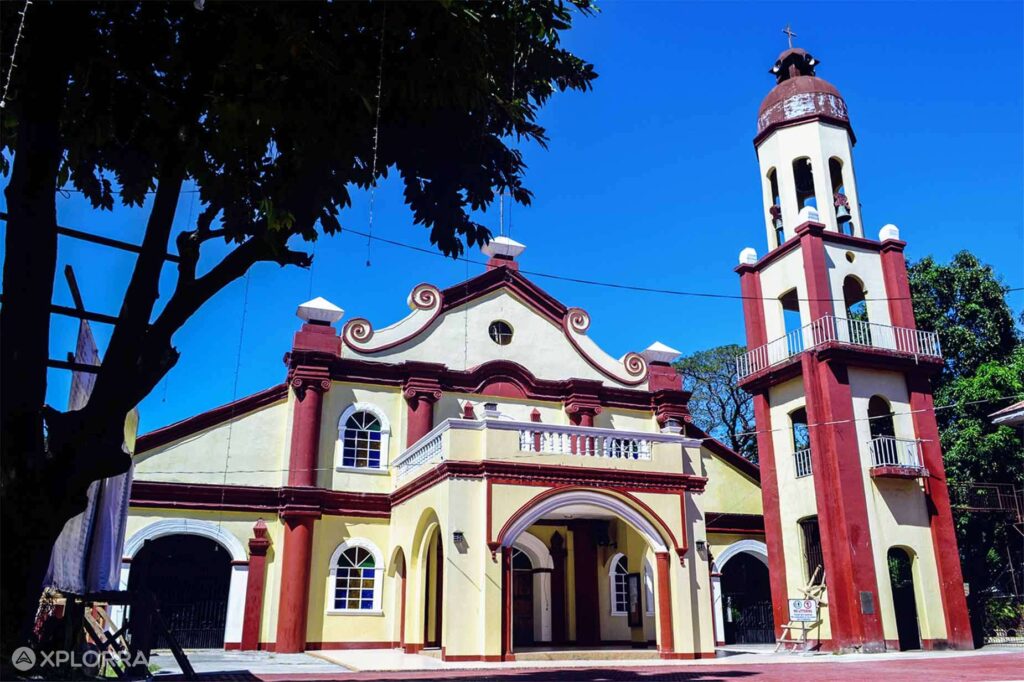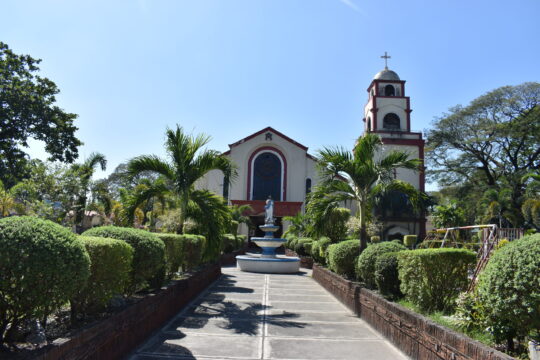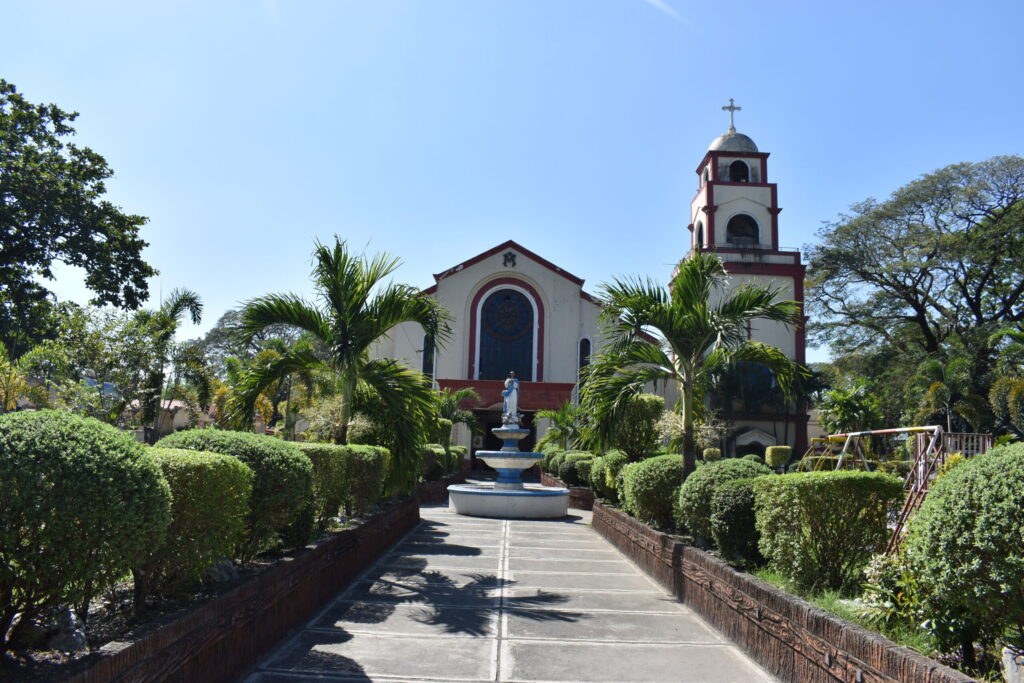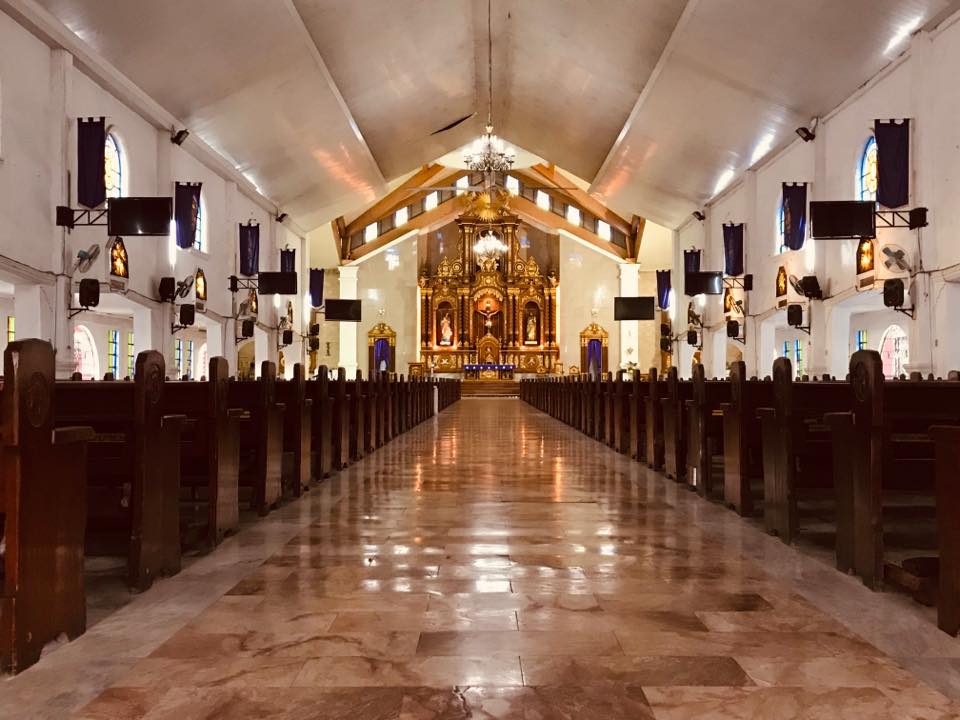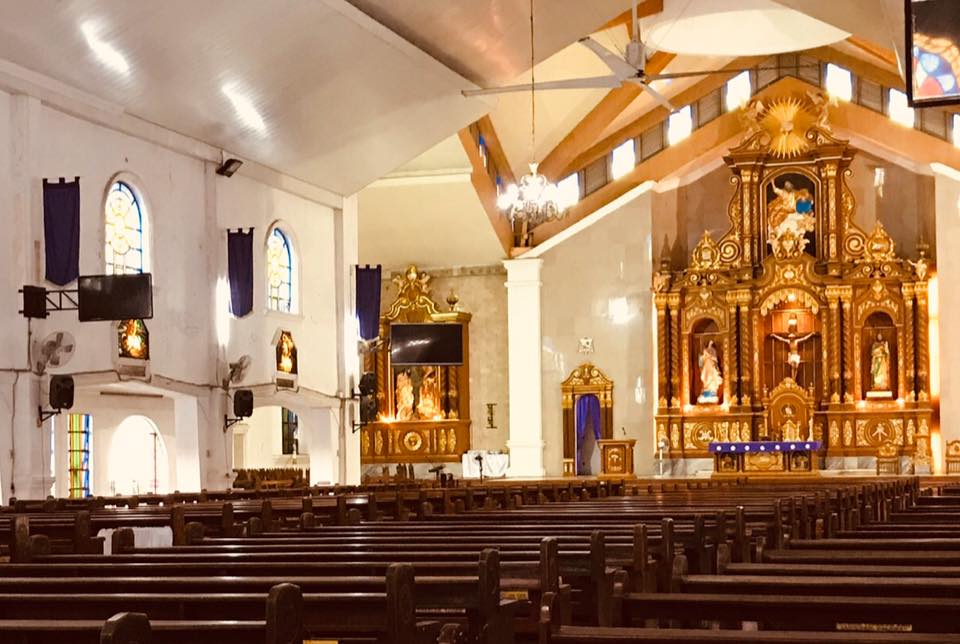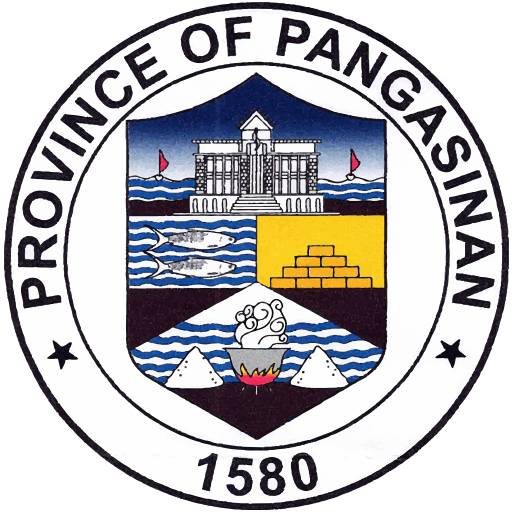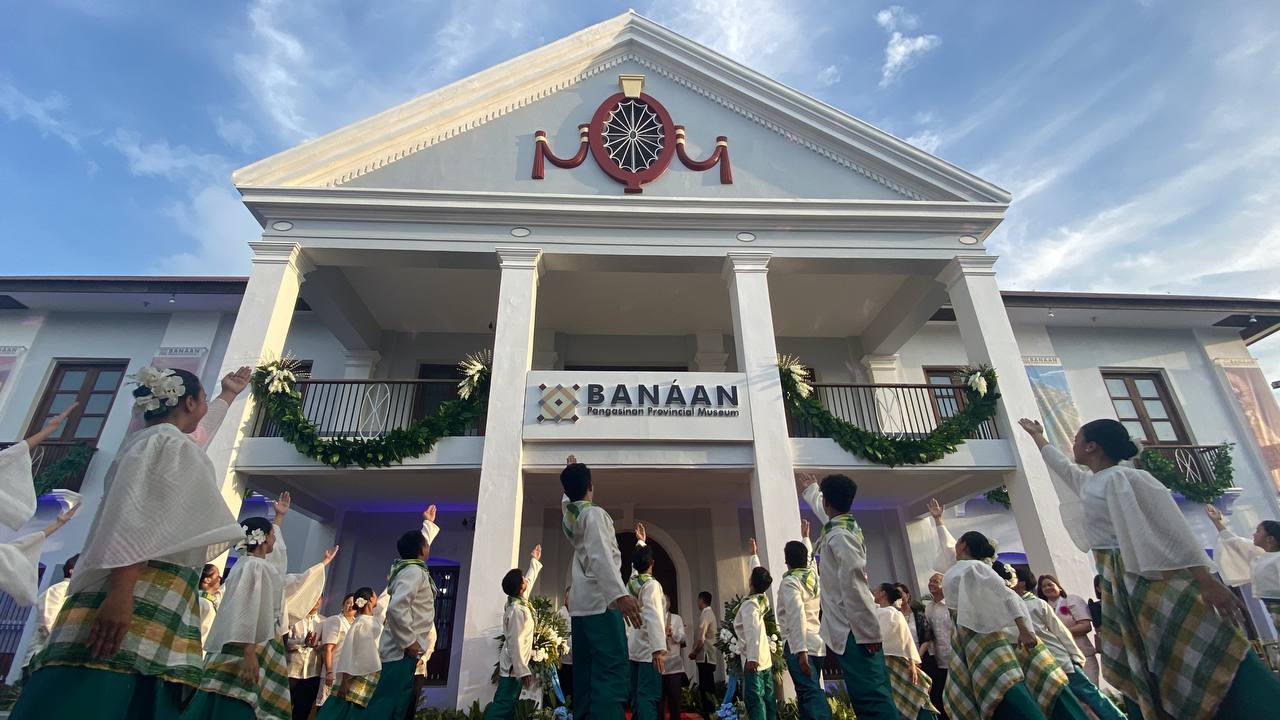
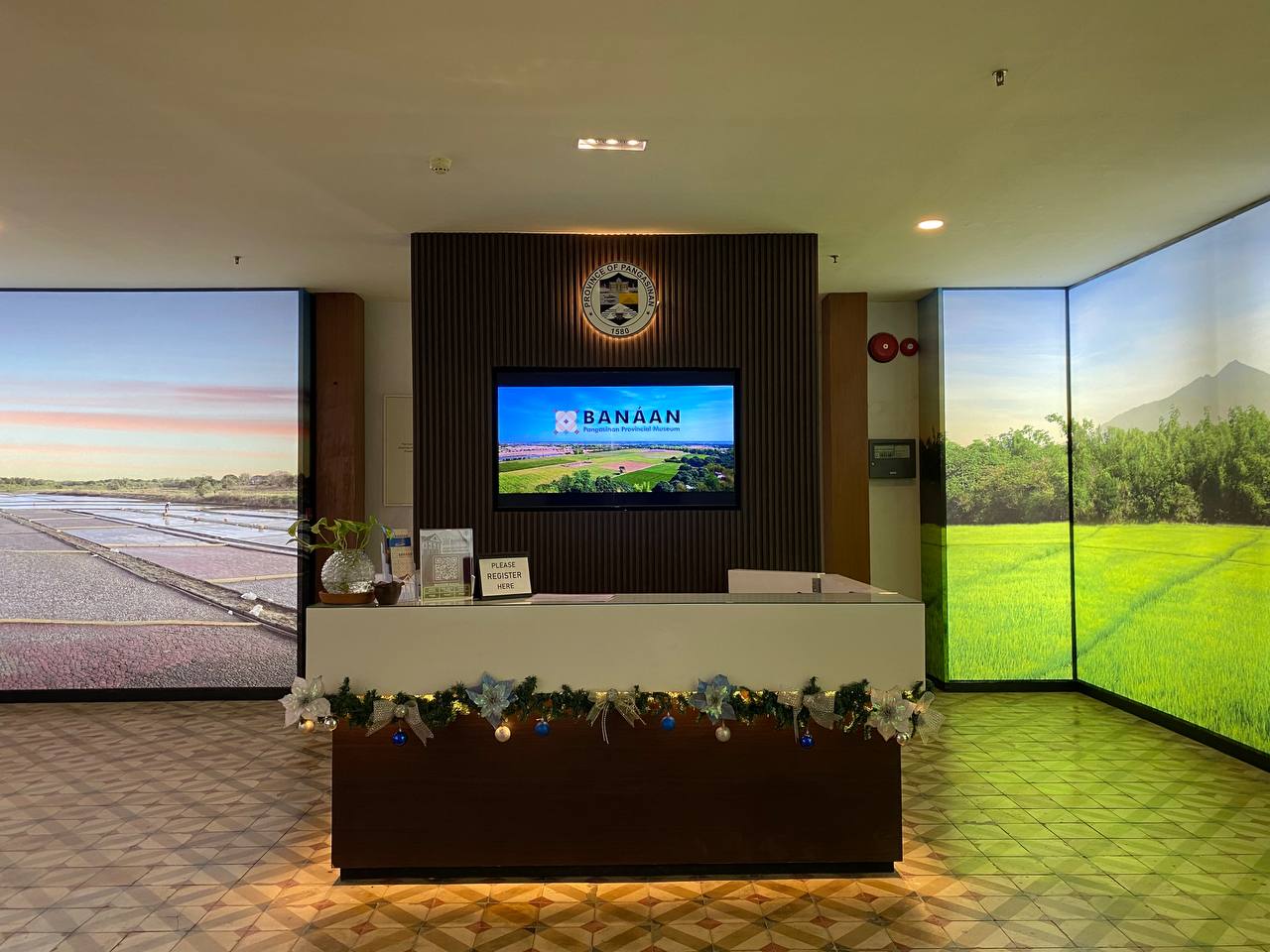
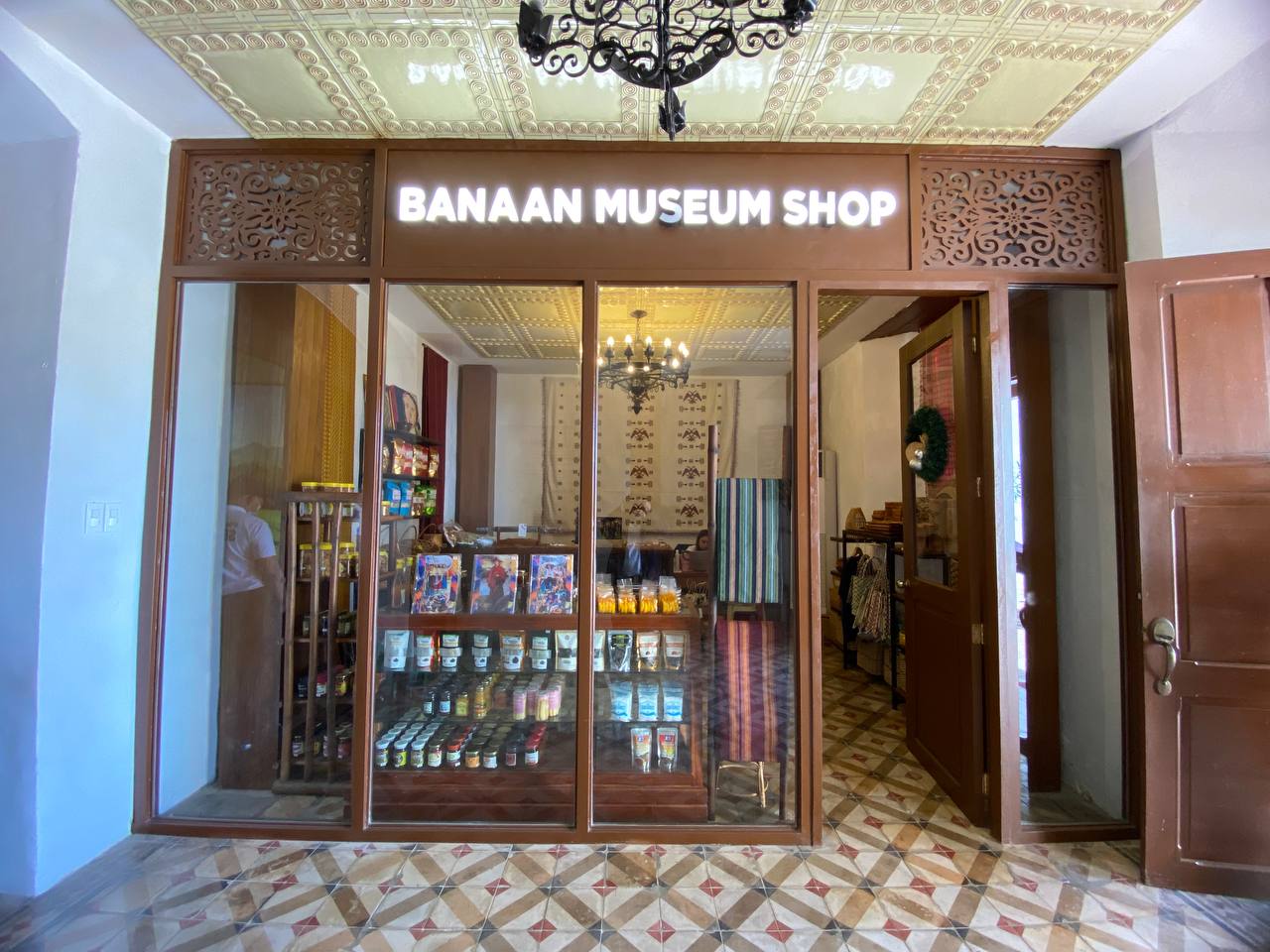
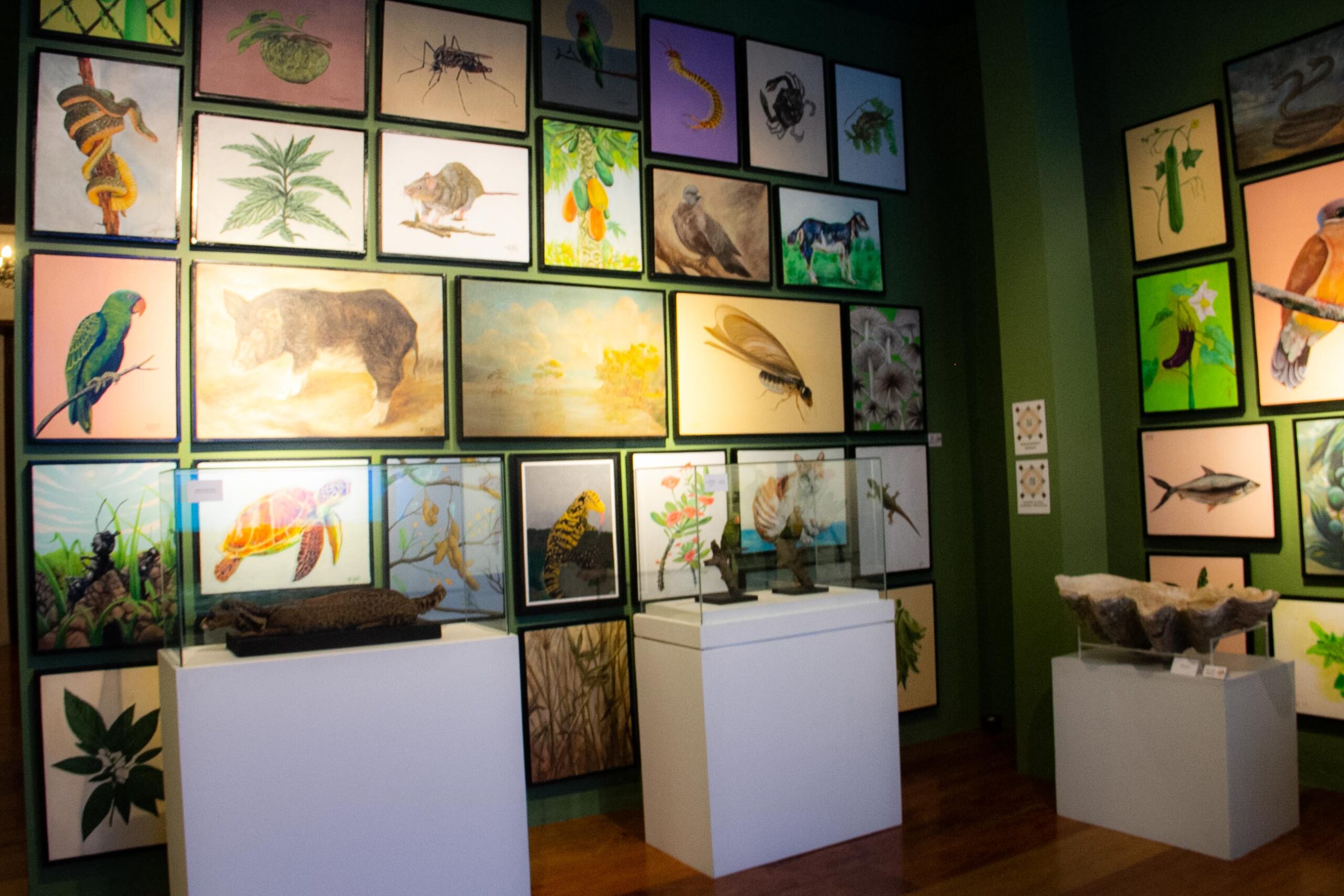
The Banáan Pangasinan Provincial Museum manifests a solid foundation of Pangasinan’s valuable cultural heritage. This museum serves as a doorway to the past that preserves the historical, cultural, and artistic treasures that have shaped the identity of the people. It is rightfully housed in the historic Casa Real, located in the heart of Lingayen, the capital town of the province of Pangasinan. The Banáan Pangasinan Provincial Museum features eleven (11) galleries that showcase the story of Pangasinan as a convergence point for culture, history, arts, education, and innovation. One of its features is the Asin Gallery which is dedicated for changing exhibits that will feature different art, culture, and history depending on the theme and season. The gallery is also an opportune platform to feature local artists and artisans, as well as notable personalities and their contributions in Pangasinan.

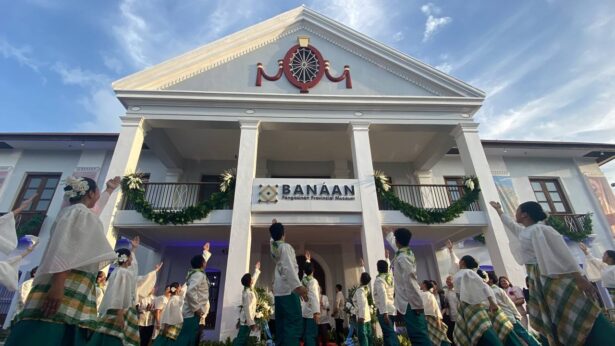
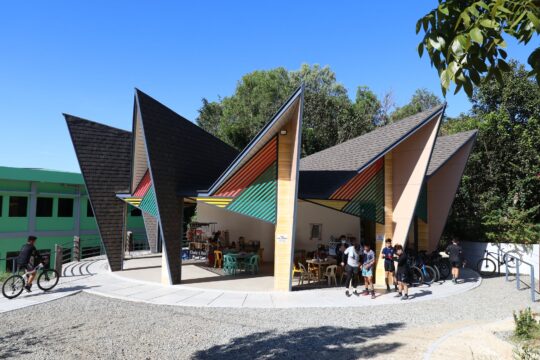


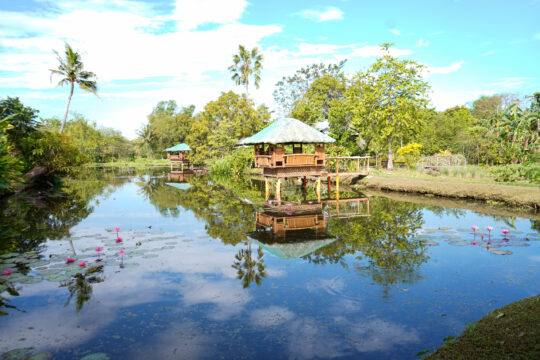






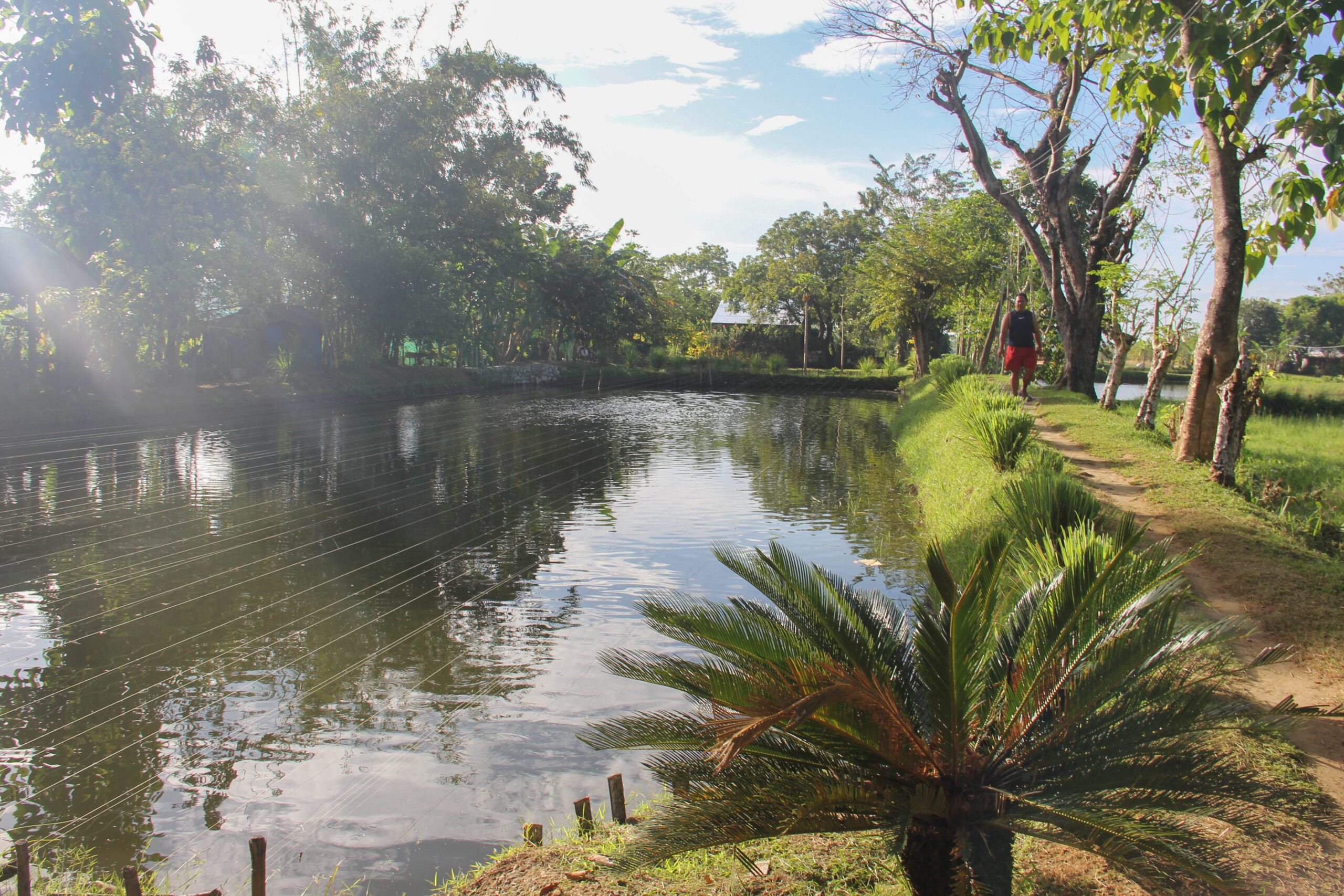
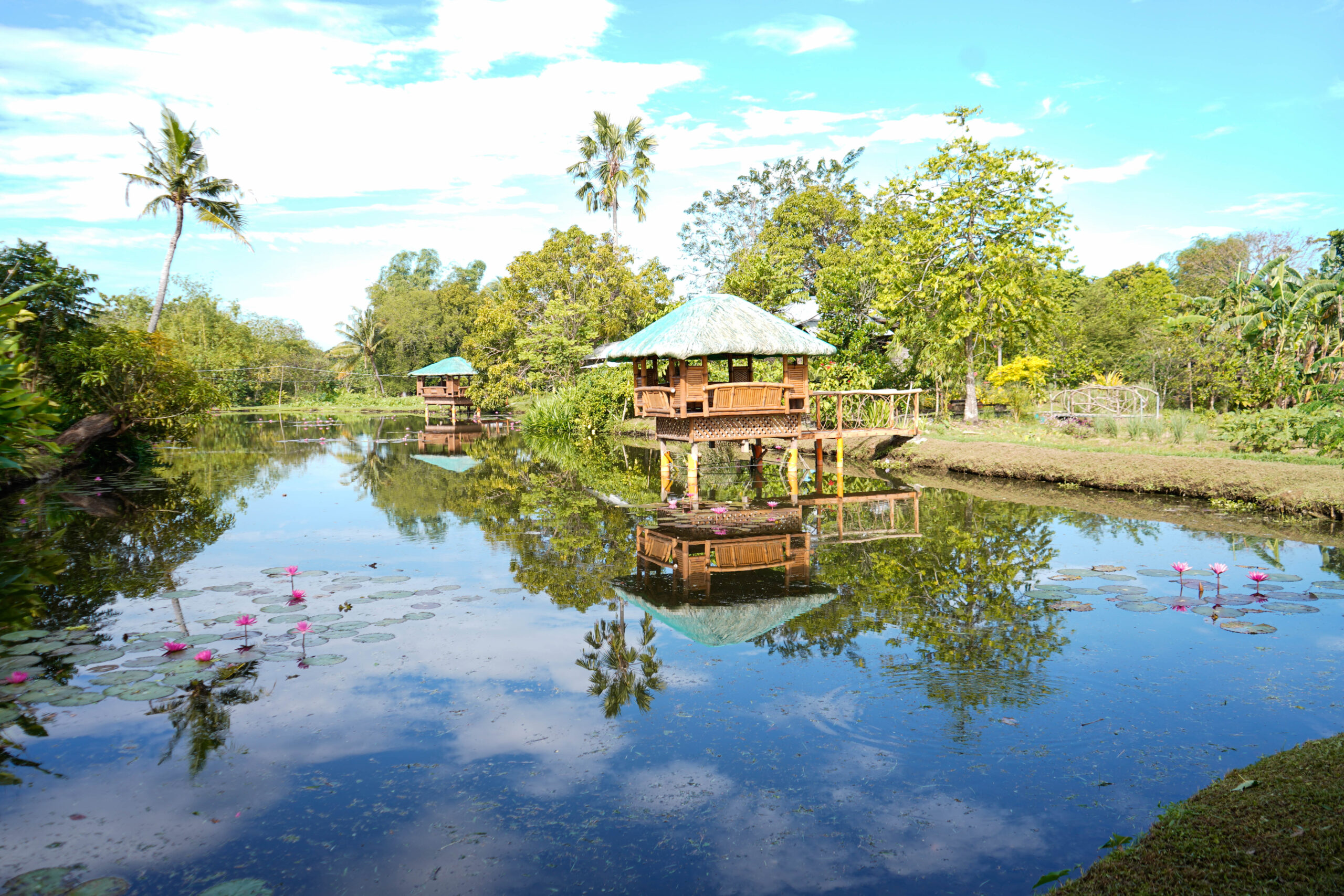
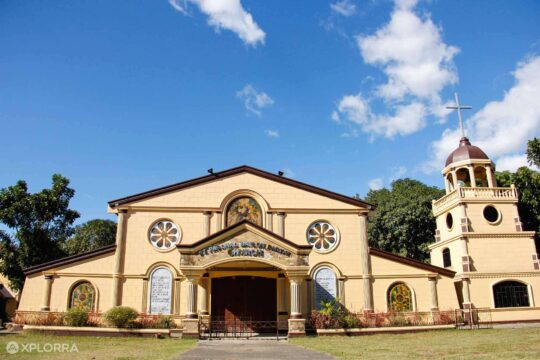
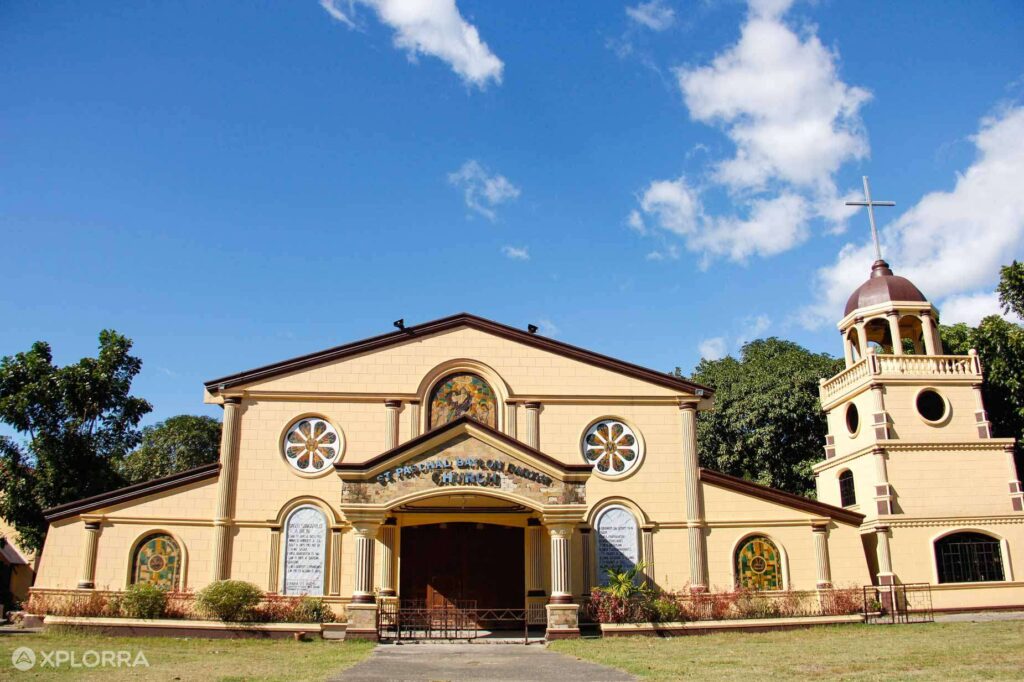
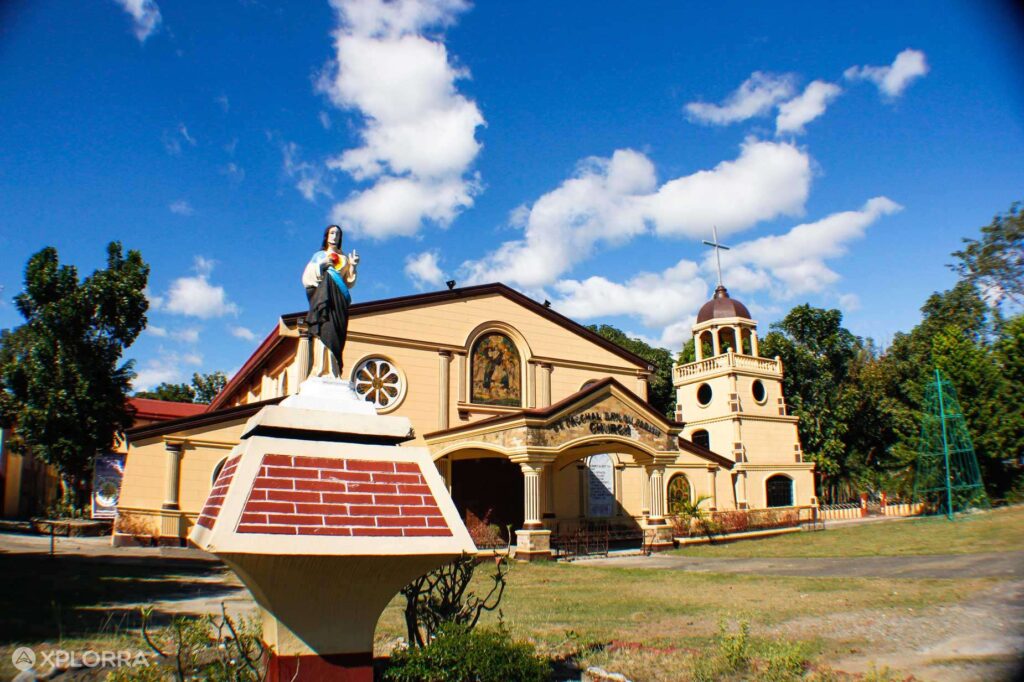
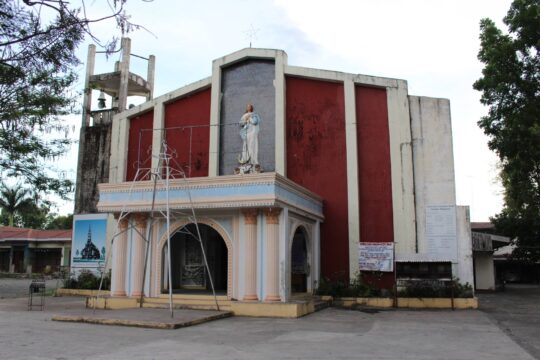
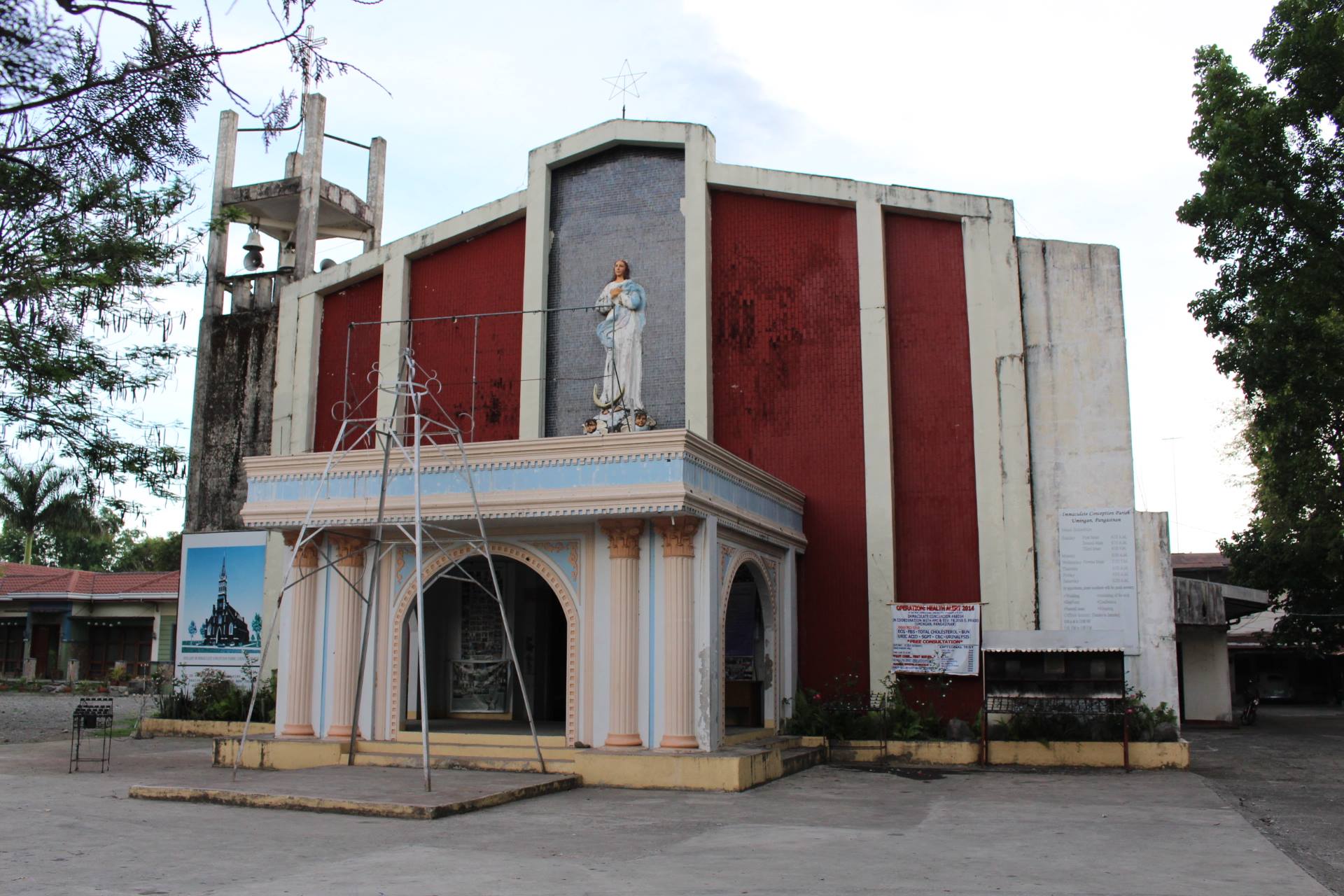
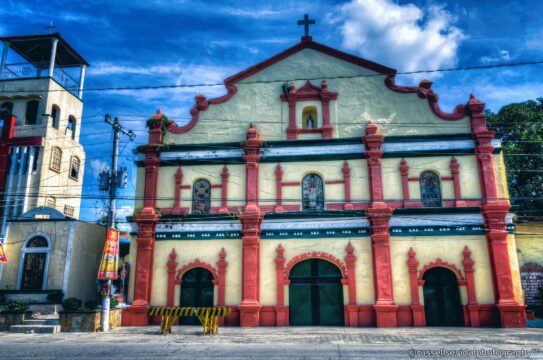
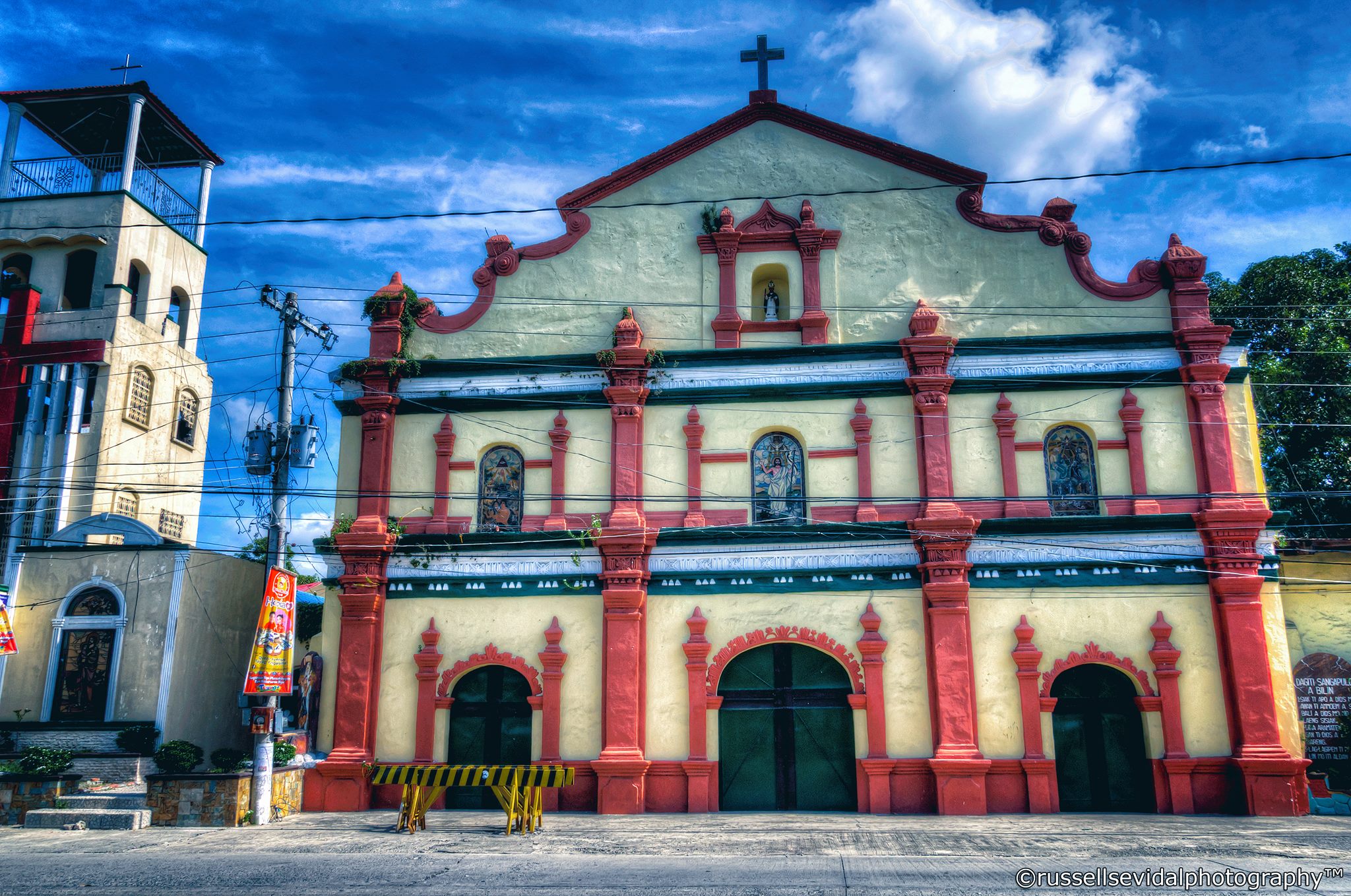
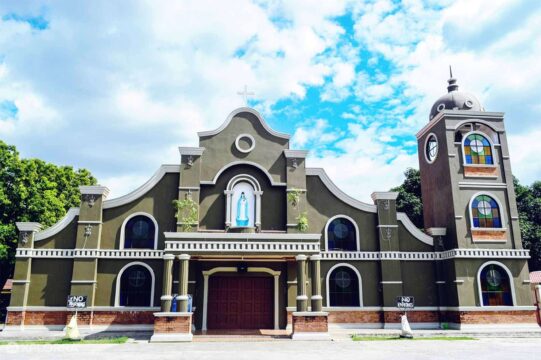
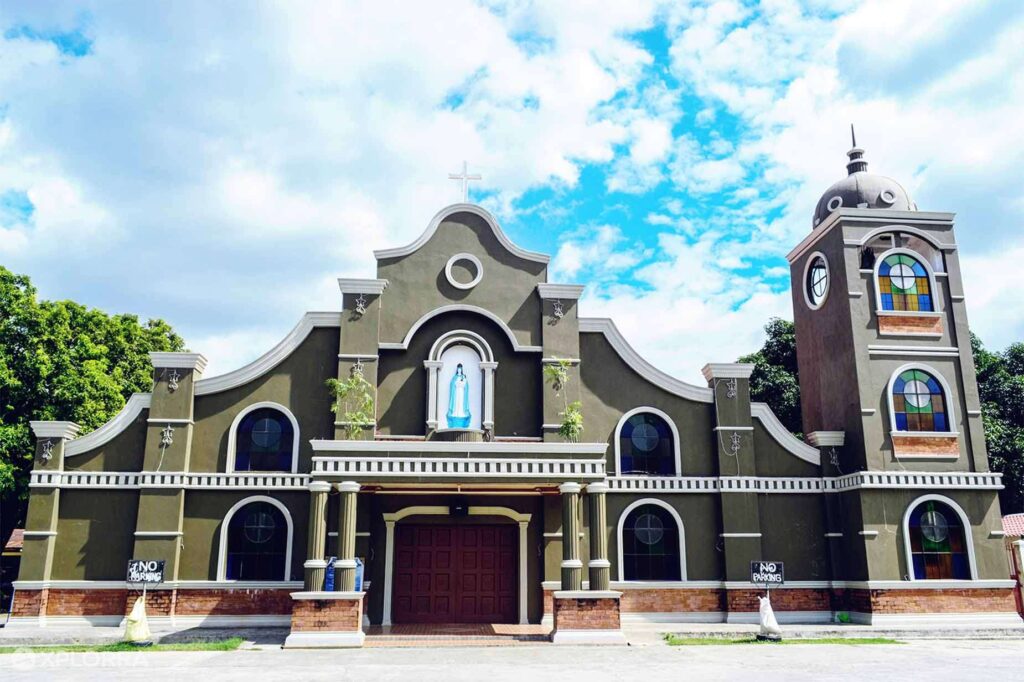
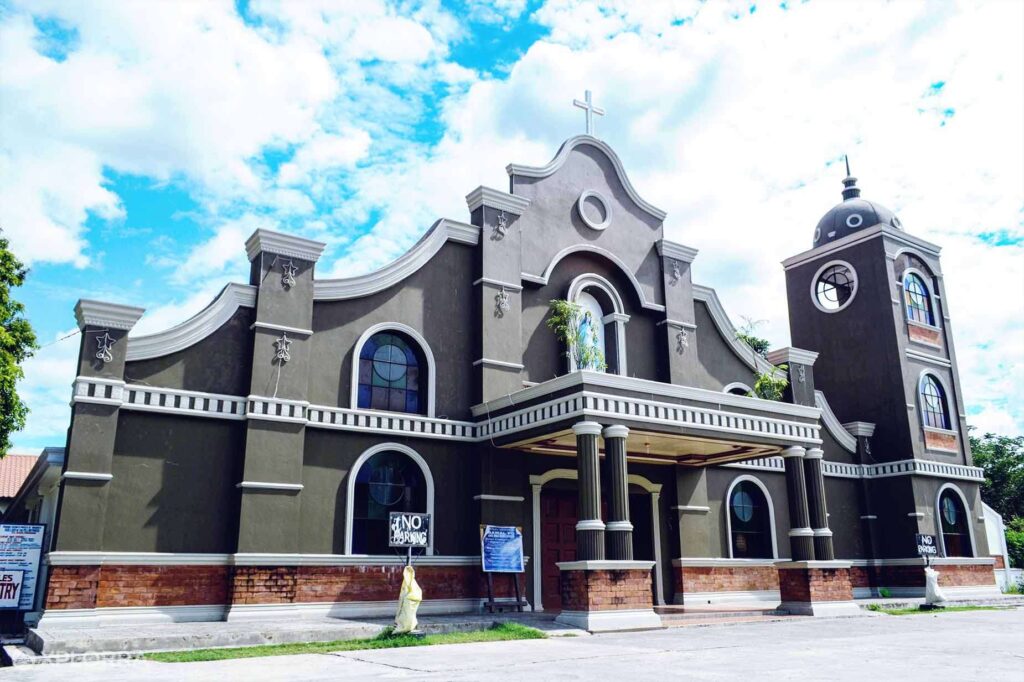
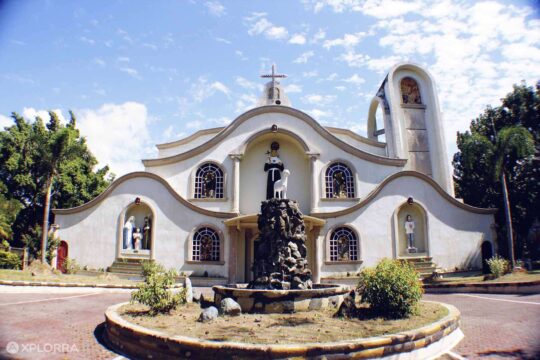
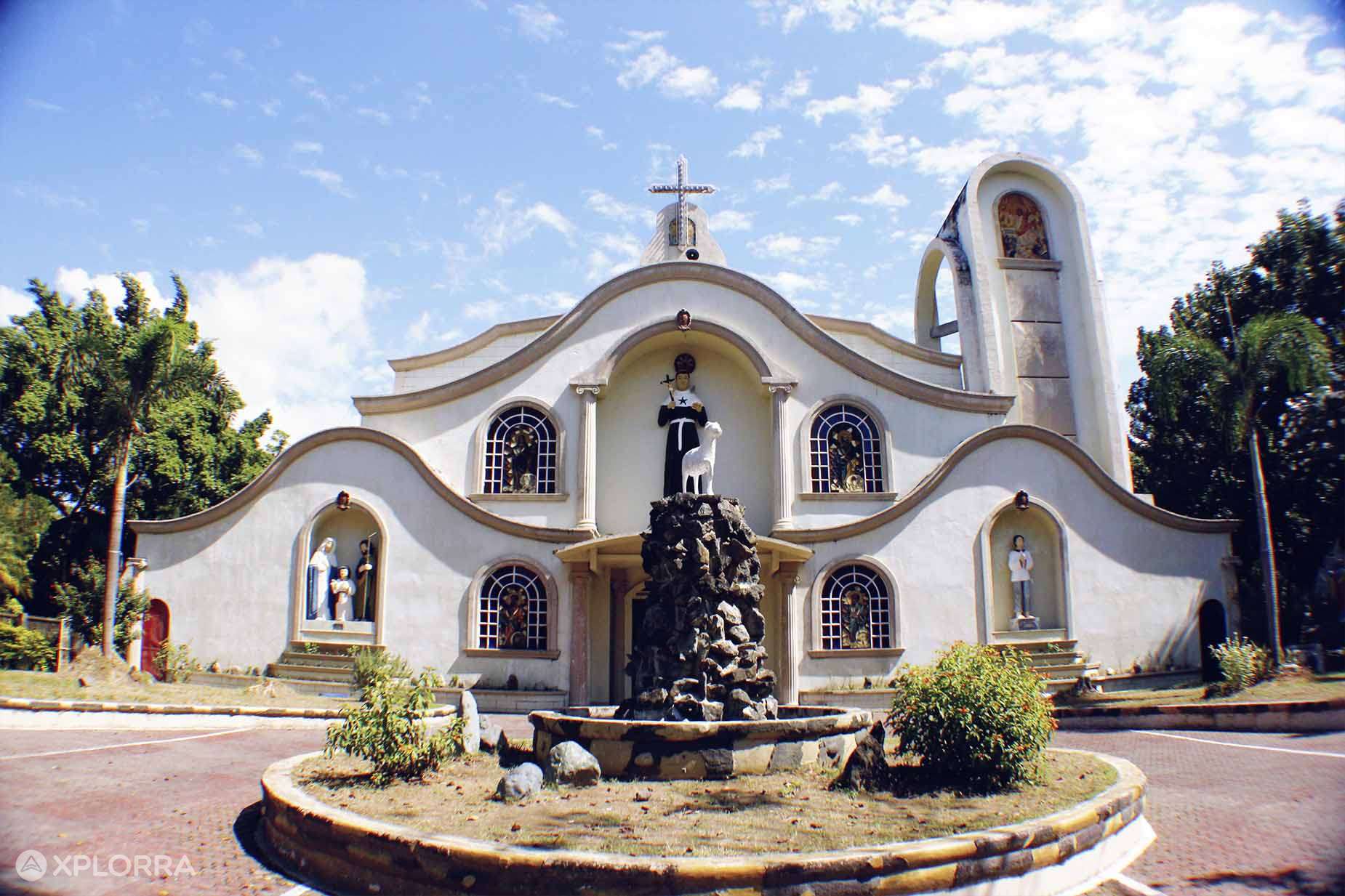 Similarly named after the town, the San Nicolas de Tolentino Parish Church is a white and cream religious structure in the eastern part of Pangasinan. The building is easily set apart from other churches in the province due in part to its wave-like arches and its curved bell tower. Its interior is decorated with white marble pillars that complement the gold outlines of the altar and retablo.
Similarly named after the town, the San Nicolas de Tolentino Parish Church is a white and cream religious structure in the eastern part of Pangasinan. The building is easily set apart from other churches in the province due in part to its wave-like arches and its curved bell tower. Its interior is decorated with white marble pillars that complement the gold outlines of the altar and retablo.